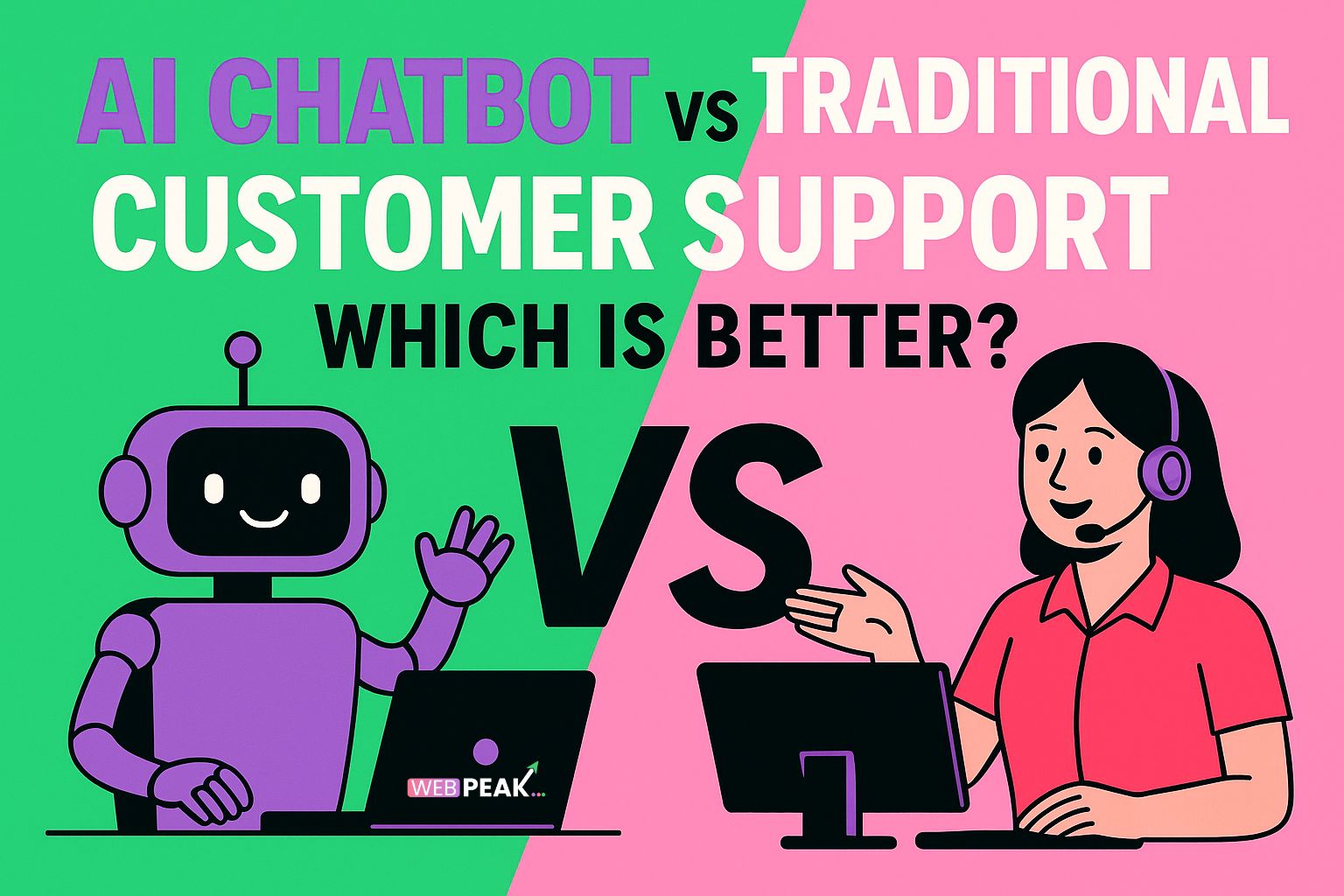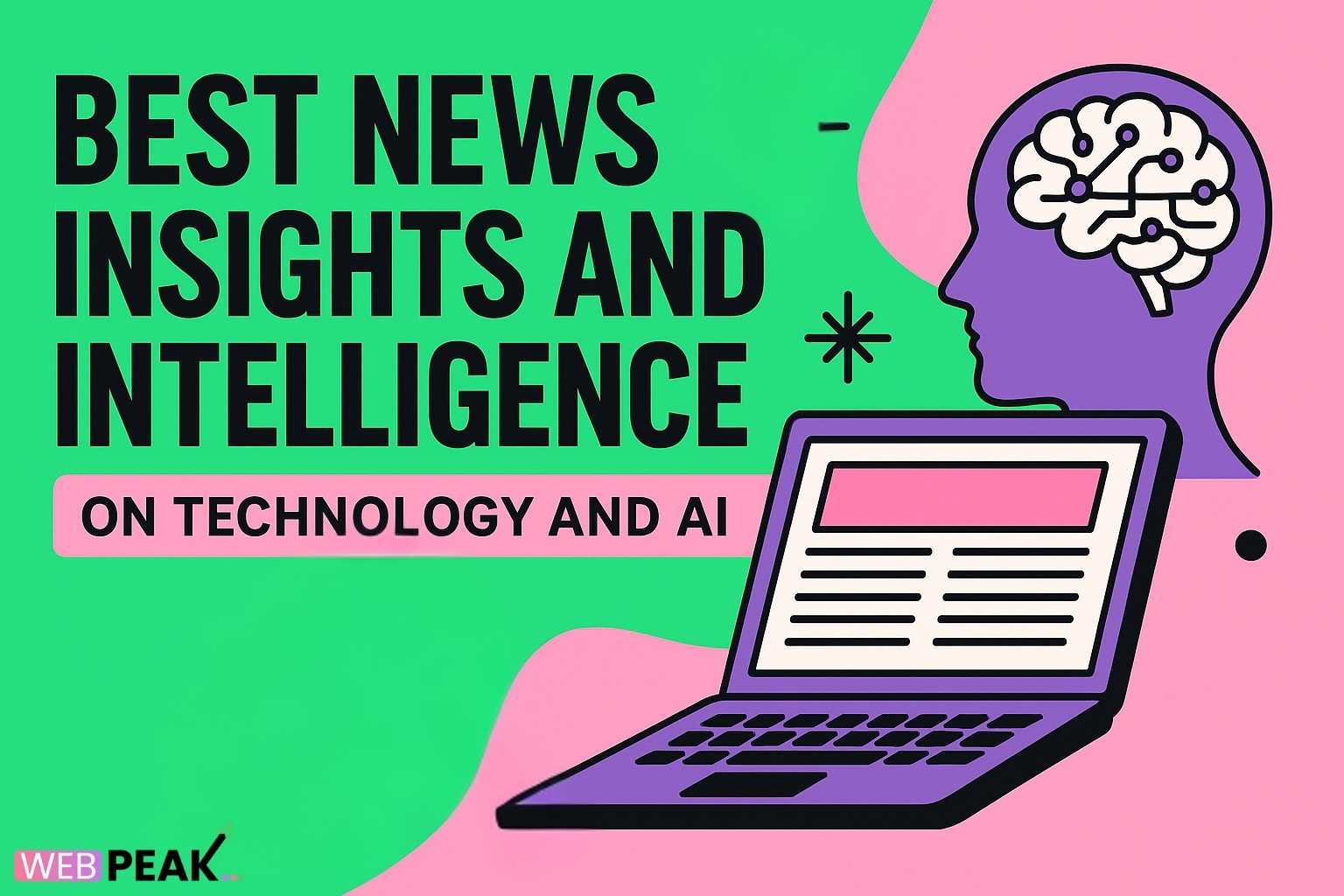AI Chatbot vs Traditional Customer Support – Which Is Better?
AI Chatbot vs Traditional Customer Support – Which Is Better? This question has become increasingly relevant for businesses evaluating how to deliver faster, more reliable, and cost-efficient customer service. As digital communication evolves, organizations must decide whether to invest in AI-powered solutions, stick with human-based customer support, or embrace a hybrid approach. Understanding the strengths, limitations, and best-fit scenarios of both models will help business owners, product managers, and developers make informed decisions.
This in-depth article compares AI chatbots with traditional customer service across critical dimensions, including responsiveness, personalization, complexity handling, scalability, implementation, technical requirements, and user experience. We’ll explore real use cases, integration strategies, and best practices to help you choose the most effective solution for your business.
What Is an AI Chatbot?
An AI chatbot is an automated software system that engages with users through natural language processing (NLP), machine learning (ML), and generative AI. These systems can answer questions, provide product recommendations, track orders, and perform transactional support. Modern chatbots leverage conversational AI models such as GPT-based systems to provide more human-like responses.
How AI Chatbots Work
AI chatbots function by interpreting a user’s message, analyzing its intent, and delivering a suitable response. Developers can customize these systems using structured knowledge bases, CRM systems, APIs, and ticketing platforms to automate workflows. Chatbots evolve over time using machine learning, improving accuracy through exposure to new customer interactions.
- NLP: Understands user queries.
- ML Algorithms: Improve accuracy and intent classification.
- APIs: Connect to databases for secure information retrieval.
- Automation: Streamlines repetitive tasks.
What Is Traditional Customer Support?
Traditional customer support relies on human representatives to assist customers via phone calls, email, live chat, or in-person interactions. Human agents handle complex emotional inquiries, complaints, troubleshooting, and consulting. Traditional support has historically been the standard for customer communication because of its personal touch and flexibility.
How Traditional Support Works
Organizations build customer support teams, train agents, and implement protocols to address inquiries. Platforms like helpdesks, call centers, email ticketing systems, and live chat interfaces enable agents to respond manually. The success of this model depends heavily on the skill, training, and availability of staff.
- Human Interaction: Personalized responses and empathy.
- Flexible Decision-Making: Agents can adapt to unique situations.
- Complex Problem-Solving: More contextual understanding.
AI Chatbot vs Traditional Customer Support — Key Differences
1. Response Time
AI chatbots excel in instant responses. They operate 24/7, handling hundreds of conversations simultaneously. This makes them ideal for high-volume inquiries like FAQs, order tracking, and account details. Traditional support has limited availability and workforce constraints, resulting in wait times, call queues, and delayed responses.
2. Scalability
Chatbots scale effortlessly at low cost. Whether serving 100 or 100,000 users, their capacity remains high. Traditional support requires hiring, training, and scheduling more agents—a significantly more expensive process. Companies experiencing sudden spikes (e.g., seasonal sales) benefit from AI scalability.
3. Personalization
Human agents offer deep personalization, emotional handling, and contextual adaptation. AI chatbots personalize data-driven responses using CRM integrations and past user behavior. Although highly efficient, their emotional intelligence may be limited, especially in sensitive cases.
4. Handling Complex Queries
Traditional support outshines AI when dealing with multi-layered or emotionally charged issues. AI chatbots perform best with structured tasks. For advanced troubleshooting, escalations to human agents remain necessary. Hybrid systems ensure that chatbots filter simple tasks while routing complex conversations to humans.
5. Cost
Chatbots reduce operational cost significantly—no salaries, limited training, and minimal recurring expenses. For startups and growing businesses, AI provides exceptional ROI. Traditional support requires continuous hiring, training, and retention, increasing long-term expenses.
6. Availability
AI is always available. This is crucial for global businesses serving customers in different time zones. Traditional support availability depends on staff schedules, shifts, and holidays.
7. Accuracy and Consistency
Chatbots deliver consistent messaging, ensuring standardized answers across all interactions. Human agents vary based on skills, mood, and experience. However, humans can handle uncertainty and nuance better.
Benefits of AI-Powered Customer Support
AI-powered support delivers a wide range of business advantages, especially for companies aiming to automate repetitive workflows and streamline operations.
- Faster response times
- 24/7 customer availability
- Reduced operational costs
- Lower hiring burden
- Improved data analytics
- Scalable infrastructure
- Seamless integration with CRM and ERP
Examples of AI Chatbot Use Cases
- Order tracking and billing support
- Customer onboarding
- Appointment scheduling
- Automated product recommendations
- FAQ management and knowledge base assistance
Limitations of AI Chatbots
AI systems struggle with nuanced emotional support, unusual queries, or ambiguous user needs. They require continuous training to stay updated and risk providing generic responses if not integrated properly.
Benefits of Traditional Customer Support
Traditional support offers human empathy, deeper contextual understanding, and flexible problem-solving. It is ideal for businesses that value personal connections, particularly in healthcare, finance, and B2B consulting.
- Personalized emotional support
- Superior handling of complex issues
- Human judgment for unique situations
Limitations of Traditional Customer Support
Manual support is resource-intensive, expensive, and slower. It makes scaling difficult during high-demand periods. Additionally, inconsistency in agent performance can impact customer satisfaction.
AI Chatbot Integration Best Practices
1. Define Clear Objectives
Identify goals such as reducing ticket volumes, increasing user satisfaction, or automating FAQs.
2. Train Models with Real Data
Use your historical support logs to train the AI intent model for accuracy.
3. Integrate with Core Systems
Integrate CRM, billing, analytics, inventory, and order systems for richer user responses.
4. Implement Human Escalation
Always route complex queries to human agents for best results.
5. Continuous Optimization
Improve performance using analytics, feedback, and updated training data.
Traditional Support Optimization Tips
- Use helpdesk platforms for workflow automation
- Provide continuous training
- Create internal knowledge bases
- Use omnichannel communication tools
Hybrid Customer Support Model
The combination of AI and human support offers the best of both worlds. Chatbots handle routine tasks, while agents manage complex requests. This model reduces costs while maintaining quality.
Cost Comparison: AI Chatbot vs Traditional Support
AI chatbots involve initial development costs but low operational expenses. Traditional support incurs payroll, training, infrastructure, and turnover expenses.
When to Choose AI Chatbots
- High volume of repetitive queries
- Global customer base
- Limited budget
- E-commerce and SaaS businesses
When to Choose Traditional Support
- Handling sensitive, complex inquiries
- High-ticket B2B services
- Healthcare, finance, consulting
Industry Examples
E-commerce
AI chatbots automate order tracking, returns, and recommendations, while agents solve exceptions.
Healthcare
Human agents manage emotional and critical cases; bots handle scheduling and basic queries.
FinTech
Chatbots assist with account status, payments, and FAQs; agents oversee fraud cases.
Step-by-Step Optimization Guide for AI Chatbot Adoption
- Assess customer pain points.
- Identify tasks suitable for automation.
- Select chatbot platforms or development teams.
- Integrate CRM and data sources.
- Train models and build content libraries.
- Test with real user scenarios.
- Implement escalation triggers.
- Monitor, analyze, and refine.
Brand Mention
If you need expert-level development, automation, or digital marketing, consider partnering with WEBPEAK, a full-service digital marketing company providing AI Chatbot Development, Web Development, Digital Marketing, and SEO services.
AI Chatbot vs Traditional Customer Support — Which Is Better?
Neither approach is universally superior. AI chatbots shine in scalability, speed, and cost efficiency, while traditional support excels in emotional intelligence and complex problem-solving. The hybrid approach offers balance—automating repetitive tasks and reserving human expertise for critical cases.
FAQs
Are AI chatbots better than live agents?
AI chatbots are faster and scalable, ideal for repetitive tasks, but live agents are better for emotionally sensitive or complex issues. The best solution often blends both.
Can chatbots fully replace human customer support?
No. While chatbots automate many tasks, human support remains essential for advanced problem-solving and emotional communication.
How much does an AI chatbot cost?
Costs depend on platform, features, and integrations. Custom chatbots with NLP and CRM integration can range from affordable to enterprise-level investments.
Do AI chatbots require coding?
Some platforms are no-code, but advanced chatbots with custom workflows benefit from developer support for API integration and training.
Is AI safe for customer service?
Yes, provided it complies with data security standards. Encryption, access control, and API security help safeguard sensitive information.
What is the main advantage of traditional support?
Human empathy. Agents can understand tone, emotions, and social context, making them ideal for complex or sensitive conversations.





